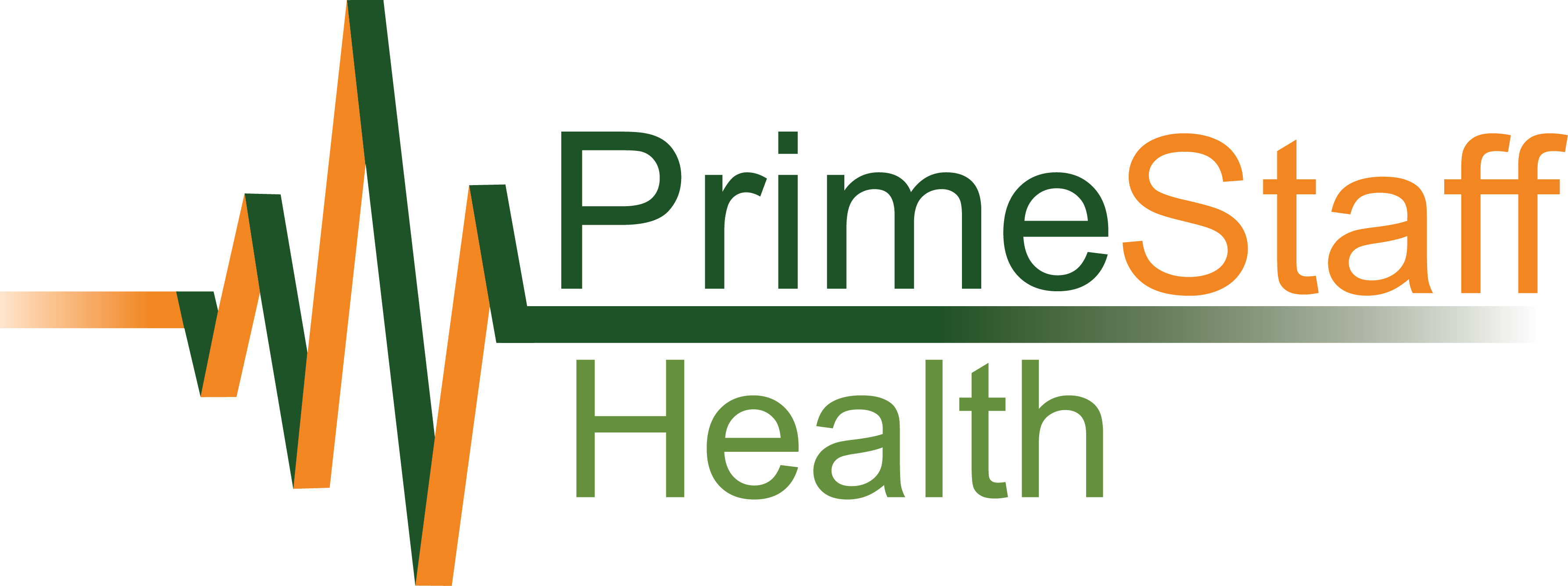How Does Randomized DOT Drug & Alcohol Testing Work?
While each DOT agency has their own regulations that require certain employers to implement a random testing program, they are not all the same. Specifically, FMCSA Employers must comply with this section, and drivers are obligated to submit to random alcohol and controlled substances testing.
For alcohol testing: Generally, 10% of the average number of driver positions. For controlled substances testing: Generally, 50% of the average number of driver positions. The FMCSA Administrator may adjust these rates based on violation rates reported in the industry. Rates may be lowered or increased depending on the reported violation or positive test rates over consecutive years. Employers must use a scientifically valid method (e.g., random number tables or computer-based generators) to select drivers. Each selected driver must have an equal chance of being tested each time selections are made. Employers who are subject to FMCSA regulations are required to establish and maintain a random testing program.
The random alcohol and controlled substances testing requirements outlined in Section 382.305 are integral to maintaining safety on our roads. By implementing these regulations, the FMCSA aims to minimize risks associated with impaired driving among commercial vehicle operators. Employers and drivers alike must understand and comply with these measures to uphold the highest safety standards in the transportation industry.
These regulations are not just about compliance; they are about ensuring that every driver on the road is fit to operate a commercial vehicle safely. Through rigorous testing and adherence to established standards, we can all contribute to safer roads for everyone. For more detailed information, you can visit the official regulations in the Electronic Code of Federal Regulations. Safety is everyone's responsibility, and these regulations are designed with that principle in mind. It is up to the safety supervisors to adhere to these regulations.
Who gets tested?
Regardless of job titles like supervisor, volunteer, contractor, owner operators, etc., people are chosen for testing based on their job function (known as a safety-sensitive function) not their occupational title. Only DOT safety-sensitive employees may be part of the DOT random pool or pools. Remember your DOT testing program must always be separate and distinct from your private company or non-DOT testing program. That goes for your random testing pools, too. DOT and non-DOT random testing pools must be separate. If a random selection is done based on locations or terminals, a two-stage selection process must be utilized. The first selection would be made by the locations and the second selection would be of those employees at the location(s) selected. The selections must ensure that each employee in the pool has an equal chance of being selected and tested, no matter where the employee is located. All CDL drivers of CMVs must be always included in the DOT random pool.
The random rates are annual minimum requirements. So, if a DOT Agency requires a drug testing rate of 50% and an alcohol testing rate of 10%, then an employer with 100 safety-sensitive employees would have to ensure that 50 or more random drug tests and 10 or more random alcohol tests were conducted during the calendar year.

